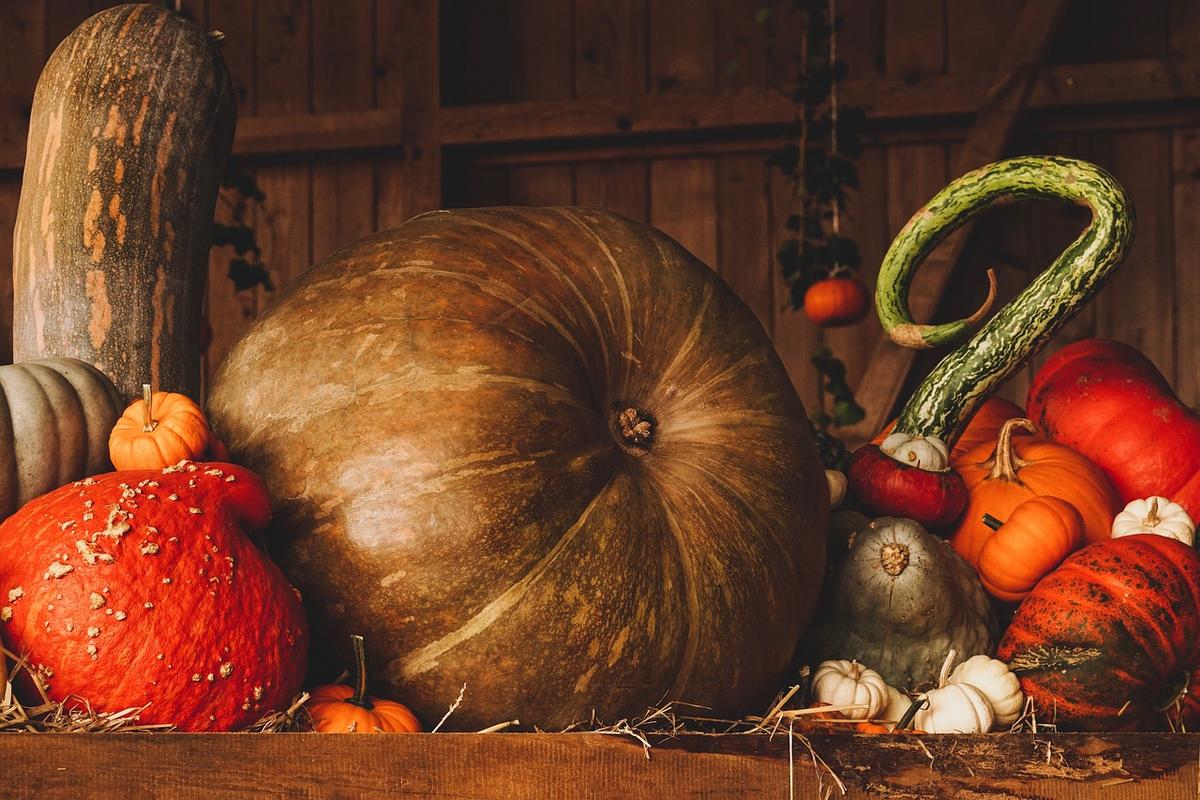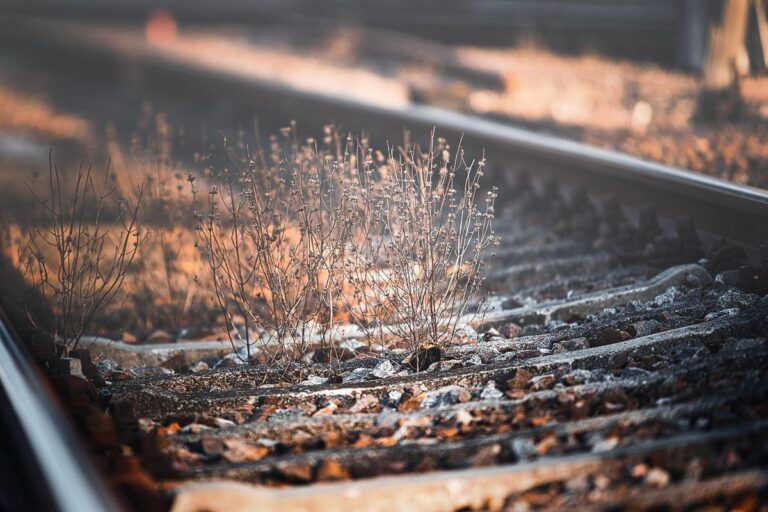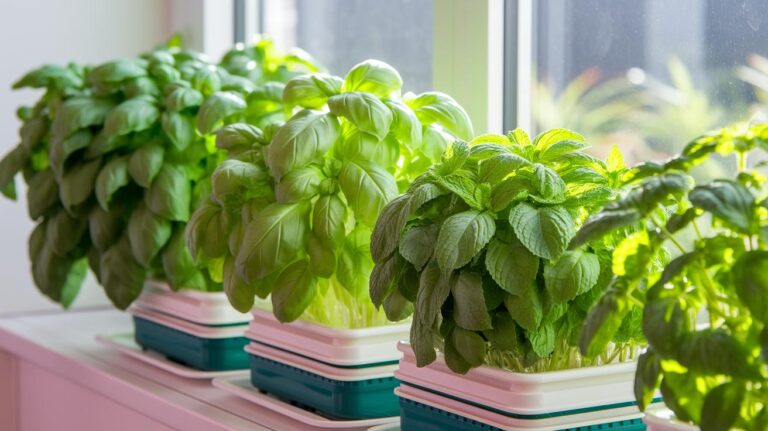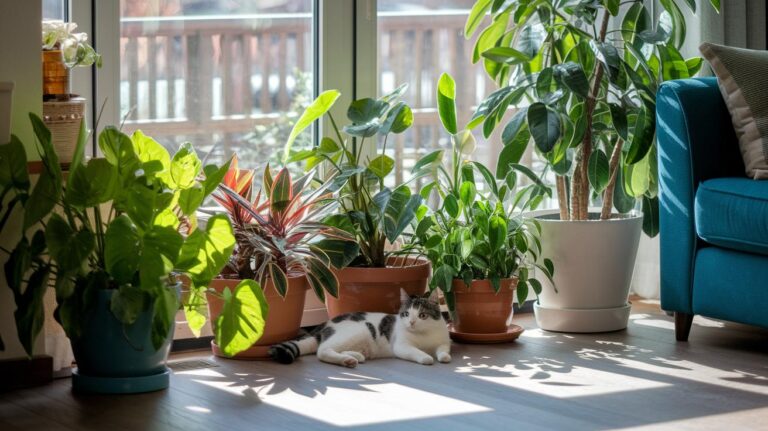Start Your Fall Garden Today with Zone-Specific Seed-Starting Tips
Summer’s long days fill gardens with color and flavor. Green pepper vines hang heavy, basil scents drift on evening breezes and flower beds glow in bright hues. That scene may feel like a season finale, yet savvy gardeners know that success in autumn depends on planning now. Starting the right fall crops at the optimal moment gives seedlings time to establish before cool nights and frost arrive. Choices range from hardy brassicas to root vegetables and frost-kissed blooms. Timing depends on three factors: your planting zone, the estimated date of the first heavy frost and each crop’s seed-to-harvest interval. By aligning these factors, gardeners can sow seeds either outdoors or under cover, then watch young plants thrive as temperatures drop. Seedlings enjoy soil that is warm but not scorching. Germination rates improve when water stays evenly distributed—an exposed garden bed under a hot midday sun can stunt young shoots. A brief period indoors on a bright windowsill or under a shade cloth outdoors shields tender seedlings from intense late-summer heat and sudden storms. Planning now sets the stage for a robust fall harvest that will reward time spent amid summer’s busiest months.
A well-timed seed sowing extends fresh vegetables and flowers deep into fall and, for mild climates, through winter months. Regions with short seasons choose rapid-maturing varieties and indoor starts to beat an early freeze. Native perennials need cold exposure now for spring germination. Timing sowing today helps seedlings establish roots in cool, damp soil. A mix of planning, basic tools and careful scheduling sets the stage for abundant produce and blooms when summer’s final weeks slip away.
Popular fall seed selections include:
- Shin Kuroda Carrot Seeds
- Aspabroc Broccolini Seeds
- Zeolights Calendula (Pot Marigold) Seeds
Seeds tend to sprout quickly in warm soil that stays above 60°F (16°C) but below 85°F (29°C). Extreme heat can inhibit germination or cause young shoots to wilt. For best results, sow seeds indoors in trays placed in a bright, warm spot that stays damp. Outdoors, set trays where they receive morning sun and afternoon shade. Shade cloth or a covered porch can protect seedlings from scorching sun or heavy downpours. Once seedlings develop true leaves, thin them to the strongest plants before transplanting or direct sowing into prepared beds. Germination trays should use a well-draining mix kept evenly damp by a spray mister to prevent soil crusting. Cover trays with a clear dome until emergence, then remove it to improve air circulation and reduce mold risk. Keep temperatures between 65°F and 75°F (18°C and 24°C). A heated mat can speed germination for frost-sensitive varieties. Check seed packages for each crop’s warmth requirements.
Late-summer weather can swing from sweltering days into cool evenings, making seed scheduling tricky. Plant frost-sensitive crops early enough to finish before the first heavy frost. Cold-tolerant varieties perform best once peak heat fades. Track your region’s predicted frost date and count backward using each variety’s “Days to maturity.” This simple math reveals the ideal sowing window, giving seedlings the longest possible growth period. For extra margin, subtract a week from your calculation to allow for sudden droughts, storms or dips in temperature.
An estimated first frost date relies on decades of local climate data, providing a guideline for planning. It does not reflect microclimates, such as sheltered valleys or heat-retaining walls, but it remains a useful anchor. To find your date, check with local extension services or use online calculators. Gardening apps can deliver a range for your specific zip code. Use the earlier end of that range if you prefer a conservative approach, then treat it as the cutoff for frost-tender plantings.
“Days to maturity” refers to the number of days from sowing until harvest or bloom. That figure, printed on seed packets or listed online, assumes ideal growing conditions. To apply it, count back from your frost date by the stated number of days to identify when to sow each variety. Subtract an extra week to allow for slower growth under less-than-perfect weather. Remember that germination time may add a few days before true leaves appear.
Zone 1 regions face the earliest and harshest frosts. To harvest before freezing conditions arrive by late August, sow fast-maturing crops in June. Varieties such as kale, spinach and winter radish can germinate and produce baby leaves or roots within three to four weeks. Perennial plants designed for cold climates, such as dwarf blueberry (Vaccinium caespitosum), benefit from summer planting so their roots establish before winter. Scatter seeds of Arctic wildflowers like snow arnica (Arnica frigida) or common alplily (Gagea serotina) in open beds. Their natural cold stratification over winter leads to spring germination without extra effort. Cover seedlings with lightweight row cover to protect tender leaves from unexpected late-summer chills. A cloche or cold frame can extend the harvest window by sheltering plants when nighttime lows dip near freezing. Harvest greens as baby leaves for salads or allow them to grow full-size before picking again. Radish roots will stay crisp in the soil until ground temperatures plummet, making them both a quick and lasting crop. Aim to finish sowing by the end of June for optimal results.
Zone 2’s window for fall crops runs from June through July. Expect frost by late August or early September. Sow brassicas and leafy greens that mature within 60 days, such as kale, mustard greens, spinach and winter cress. Direct-sow native perennials now so they can overwinter and germinate naturally in spring. For staggered harvests, plant seeds in small batches at two-week intervals until the sowing window closes. Starting seeds indoors on a sunny windowsill provides consistent water control, boosting germination rates for critical varieties. Transplant seedlings to garden beds by late July, giving ample time for root and leaf development before frost.
Zone 3’s frost date often falls in early September, leaving limited time for fall vegetables. Seedlings should move outdoors by early to mid-summer. Begin sowing seeds indoors by mid-June to grow brassicas such as bok choy, broccoli and cabbage. Fast-turnaround greens like Swiss chard and kale can go directly into the garden with a mid-June planting. Lettuce and spinach seedings continue until mid-July for baby-leaf harvests in less than 30 days. Harden off all seedlings for a week in a partially shaded spot before transplanting. Apply a thin layer of compost around each plant to retain water and feed soil microbes as temperatures drop.
Gardeners in Zone 4 can expect first heavy frost in late September to early October. Most cold-season crops should be sown between June and mid-July. Broccoli, cabbage, lettuce and spinach perform best when planted by early July, while colder-tolerant greens like kale and Swiss chard can be sown through late July. Root crops such as beets and turnips take around 60 days and should also go in by early July. Lightly shaded garden beds help protect seedlings from late-summer heat waves. After emergence, apply a balanced organic fertilizer once, then let cool weather improve the flavor of brassicas and greens.
Zone 5’s first frost often arrives in mid-October, making it ideal for indoor seed starts followed by fall transplanting. Set indoor trays by mid-July for broccoli, bok choy, cabbage, cauliflower, chard and kale. Move transplants outdoors in late August when soil temperatures dip into the 60s°F (16–21°C). Direct-sow lettuce and spinach by mid-August for baby greens ready in three to four weeks. Cover beds on chilly nights with frost cloth to extend harvest into November. Perennial herbs and flowers such as echinacea and black-eyed Susan can be sown now, taking advantage of winter cold for spring emergence.
In Zone 6, mid-to-late October often brings the first frost. Early- to mid-July sowings yield crops such as beets, cabbage, cauliflower, chard, collards, fennel, radicchio and turnips. Start bok choy, broccoli, carrots and kale in trays by early August. Direct-sow lettuce and spinach in mid-August for tender leaves a month later. Provide afternoon shade or temporary shade cloth to protect young plants from late-summer heat spikes. Use biodegradable pots for root vegetables to minimize root disturbance during transplanting. A light mulch around plants keeps soil evenly damp and temperature fluctuations in check.
Zone 7 gardeners can push cool-season crops into early November. The first heavy frost usually occurs between late October and November 15. Sow seeds in midsummer so transplants have time to strengthen before soil cools. Start brassicas and leafy greens indoors in July, then move them outside by late August. Sow root crops like beets and carrots directly in mid-to-late summer. Provide filtered shade or move trays into an unheated indoor space during heat waves to prevent wilting. Apply a side dressing of compost tea after transplanting to promote steady growth as daylength shortens.
High heat in Zone 8 can slow or inhibit germination of cool-season crops. Starting seeds indoors or under protective cover from early August through early September helps maintain ideal germination temperatures. Begin brassicas—broccoli, cabbage, cauliflower, chard and kale—during that time. Carrots and other root crops benefit from the same window. Less hardy greens such as lettuce, spinach and bok choy can go in by early October once soil temperatures dip below 75°F (24°C). Mulch newly seeded areas with straw to regulate water and insulate seeds from late-summer heat spikes.
Mild climates in Zones 9 and 10 may remain frost-free or see only light frost on the coldest nights. Start cool-season varieties from mid-August through October, depending on local heat. Sow cold-tolerant greens, brassicas and legumes to enjoy leafy harvests through winter. Indoor sowing or protected flats shield seeds from high-humidity rain. Mulch beds lightly to conserve soil water during dry spells. In warm pockets, lettuce, spinach and Asian greens will germinate in temperatures as low as 55°F (13°C), making winter growing both practical and productive.
A dedicated seed-starting space offers control over water levels, light and temperature. A bright porch, cool garage or large windowsill that receives at least six hours of indirect light can work. Use heat mats for frost-sensitive seeds requiring soil temperatures above 70°F (21°C). Choose containers that empty easily, such as seed flats with drainage holes or pressed peat pellets. Clear covers or domes create a mini-greenhouse effect, speeding germination for many varieties.
Root vegetables with long taproots—carrots, parsnips and dill—are best sown directly in their permanent location. Biodegradable pots or soil blocks reduce transplant shock when you need to move seedlings started indoors. The root ball remains intact, and the container breaks down in the ground. Make rows shallow and even so seeds stay evenly damp until they sprout, then thin seedlings to the recommended spacing to avoid crowding.
Garden beds work well when soil temperature and water levels suit the seeds. Cooler soil may delay germination, so direct-sow once daytime highs average below 85°F (29°C). Mark rows with planting sticks and cover seeds at the proper depth as stated on each packet. Keep beds mulched with straw or shredded leaves to reduce evaporation and maintain even soil temperature. Fast-germinating crops benefit from a light misting each morning until true leaves appear.
When garden beds sit empty after summer harvest, scatter cover-crop seeds a month or two before the first heavy frost. Selections such as crimson clover, hairy vetch or fava beans protect soil from erosion and feed beneficial microbes. Let them reach full size, then cut and fold green matter into the soil or use it as a mulch blanket. This organic layer boosts fertility and soil structure for spring plantings. It suppresses weeds and helps conserve water in winter and spring.







